Home>Garden Essentials>Garden Plants>What To Do When Thyme Blooms
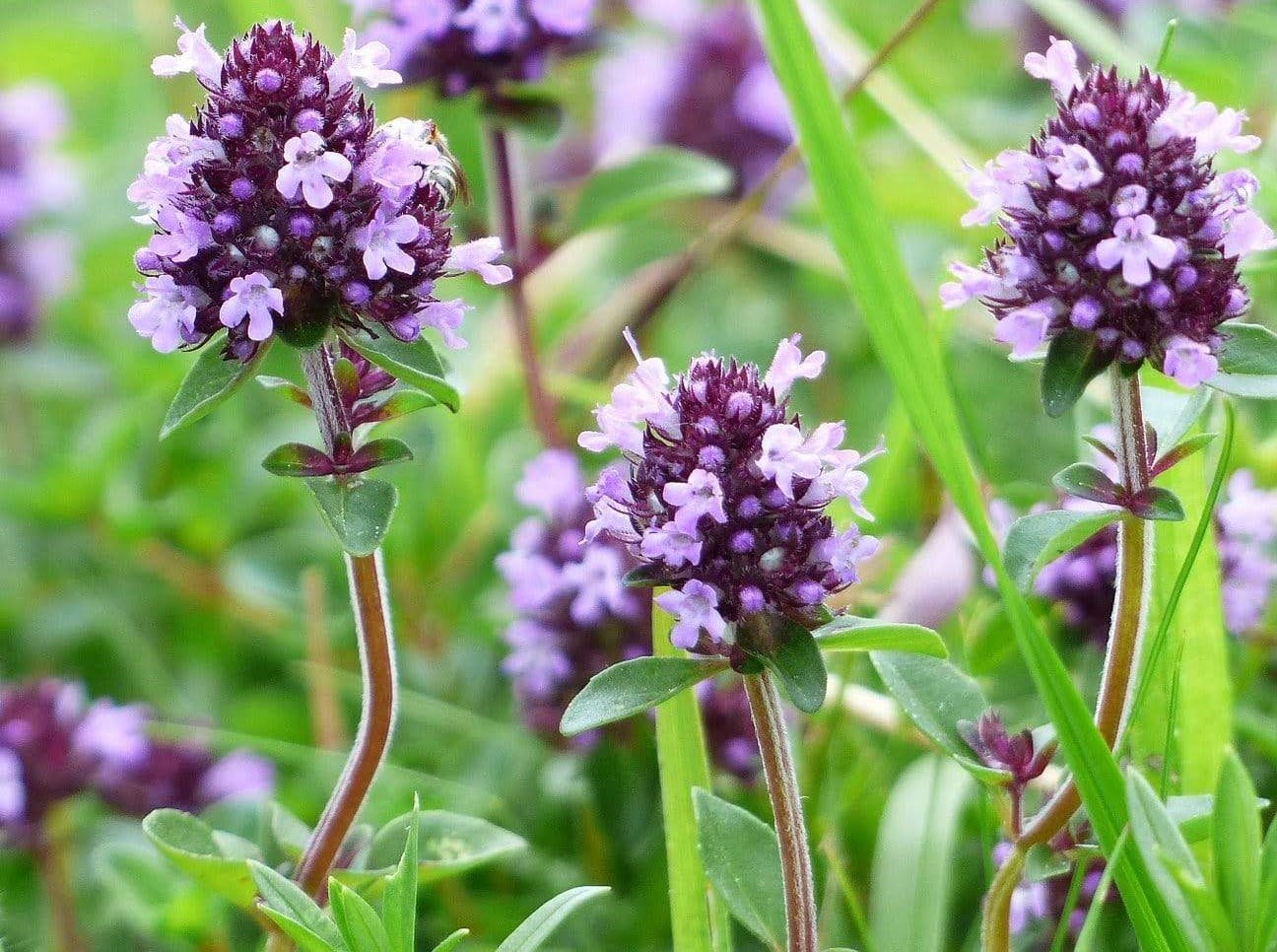

Garden Plants
What To Do When Thyme Blooms
Modified: August 22, 2024
Discover the best practices for caring for blooming thyme plants in your garden. Learn how to enhance their growth and maintain their vibrant colors with our expert tips.
(Many of the links in this article redirect to a specific reviewed product. Your purchase of these products through affiliate links helps to generate commission for Storables.com, at no extra cost. Learn more)
Introduction
Welcome to the world of thyme blooms! Thyme is a versatile and aromatic herb that is well-loved in the culinary and medicinal realms. But did you know that thyme also produces beautiful blooms? Thyme blooms are not only visually appealing but also possess a myriad of benefits. In this article, we will explore everything you need to know about thyme blooms, from their characteristics and benefits to harvesting and various uses.
Thyme, scientifically known as Thymus vulgaris, is a perennial herb that belongs to the mint family. It is native to the Mediterranean region and boasts a long history of cultivation and usage. Thyme is cherished for its distinct fragrance and flavor, which is why it is commonly used as a culinary herb in various dishes. However, it is not just the leaves that hold appeal; thyme blooms add an extra touch of beauty and can elevate your gardening and cooking experiences.
Thyme blooms typically appear in the late spring or early summer, depending on the climate. They are small, delicate flowers that come in different shades of purple, pink, or white, depending on the thyme variety. These blooms not only attract pollinators like bees and butterflies but also release a pleasant and calming aroma that adds to the ambiance.
But why should you care about thyme blooms? Well, not only are they aesthetically pleasing, but they also offer numerous benefits. Thyme blooms are rich in essential oils, antioxidants, and various compounds that have medicinal properties. These properties make thyme blooms a valuable addition to your garden, kitchen, and even your DIY projects.
So, whether you’re an avid gardener, a cooking enthusiast, or someone looking to explore the world of herbal remedies, thyme blooms have something to offer. In the following sections, we will delve deeper into the benefits of thyme blooms, how to harvest them, and the different ways you can incorporate them into your culinary creations, homemade remedies, and DIY projects. So, don your gardening gloves and join us on this fragrant and delightful journey as we explore the wonders of thyme blooms!
Key Takeaways:
- Embrace the beauty and benefits of thyme blooms in your culinary creations, herbal remedies, and DIY projects. From enhanced flavors to therapeutic properties, thyme blooms offer a world of possibilities to explore and enjoy.
- Handle thyme blooms with care, from harvesting at the right time to exploring culinary and medicinal uses. Unleash your creativity with DIY projects while being mindful of precautions for safe and delightful experiences.
Read more: When Do Mums Bloom In Michigan
Understanding Thyme Blooms
Thyme blooms are the flowering buds that appear on thyme plants. These blooms are not only visually appealing but also serve an important role in the plant’s lifecycle. Understanding the nature of thyme blooms can help you appreciate their beauty and harness their benefits effectively.
Thyme blooms typically appear in the late spring or early summer, depending on the climate and variety of thyme. The flowers are small and delicate, with colors ranging from shades of purple, pink, or white. They often grow in clusters, adding a vibrant and enchanting touch to your garden or herb bed.
The flowers of thyme are not just ornamental; they serve a purpose in nature. Thyme blooms are rich in nectar, attracting bees and other pollinators. Bees are particularly drawn to thyme blooms due to their delightful aroma and abundant nectar supply. When bees visit the thyme blooms in search of nectar, they also assist in the pollination process by transferring pollen from one flower to another. This process ensures the reproduction and continuation of the thyme plant’s lifecycle.
Thyme blooms have a unique fragrance that is often described as a mix of earthy, herbal, and slightly floral notes. This fragrance is derived from the essential oils present in the flowers. These essential oils not only contribute to the aroma but also hold therapeutic properties.
Thyme blooms contain essential oils such as thymol, carvacrol, and linalool, which possess antimicrobial, antifungal, and antiseptic properties. These natural compounds make thyme blooms valuable in various applications, including culinary, medicinal, and DIY projects.
It is important to note that while thyme blooms are beautiful and beneficial, they eventually give way to seed production. As the flowers fade, they transform into small brown or black seeds that are commonly known as thyme seeds. These seeds can be collected and used for propagation or culinary purposes.
Now that we have a better understanding of thyme blooms, their purpose in the plant’s lifecycle, and the valuable compounds they contain, let’s move on to explore the remarkable benefits that thyme blooms offer.
Benefits of Thyme Blooms
Thyme blooms offer a wide array of benefits, ranging from culinary applications to medicinal properties. Let’s explore the various advantages that these beautiful flowers bring to the table:
- Enhanced Flavor: Adding thyme blooms to your culinary creations can elevate the flavor profile of your dishes. Thyme blooms possess a similar, yet more delicate, flavor compared to the leaves. They add a subtle floral note and a touch of sweetness to your recipes, enhancing the overall taste.
- Aromatic Delight: The fragrance of thyme blooms is simply captivating. It not only enhances the ambiance of your garden but can also be used in potpourri or herbal sachets to add a refreshing and pleasant scent to your home.
- Antimicrobial and Antiseptic Properties: Thyme blooms contain essential oils with antimicrobial and antiseptic properties. These properties make thyme blooms effective in warding off bacteria and pathogens. You can use thyme-infused water or oil as a natural disinfectant or mouthwash.
- Respiratory Health: The essential oils in thyme blooms, such as thymol, are known for their respiratory benefits. Inhaling the aroma of thyme blooms or using thyme-infused steam can help alleviate coughs, congestion, and respiratory discomfort.
- Stress Relief and Relaxation: The aroma of thyme blooms has calming and soothing effects on the mind and body. Infusing thyme blooms in a warm bath or using them in aromatherapy can help reduce stress, promote relaxation, and improve sleep quality.
- Antioxidant Powerhouse: Thyme blooms are rich in antioxidants, which help protect the body against free radicals and oxidative stress. Antioxidants are essential for maintaining overall health and preventing various diseases.
- Digestive Aid: Thyme blooms can aid digestion by stimulating the production of digestive enzymes. You can use thyme-infused tea or include thyme blooms in your cooking to promote healthy digestion.
These are just a few of the many benefits that thyme blooms offer. Whether you’re seeking to enhance the flavor of your culinary creations, harness the medicinal properties of thyme, or simply enjoy the beauty and aroma of these flowers, incorporating thyme blooms into your life can bring an array of advantages.
Now that we’re familiar with the benefits, let’s move on to discover how to properly harvest thyme blooms to make the most of their potential.
Harvesting Thyme Blooms
Harvesting thyme blooms is a simple and rewarding process. By following a few guidelines, you can ensure that you harvest the blooms at the perfect time and preserve their fragrance and flavor. Here’s how to harvest thyme blooms:
- Choose the Right Time: Thyme blooms are at their peak just before they fully open. It’s best to harvest them in the morning when the dew has evaporated but before the heat of the day intensifies. This is when the blooms have the highest concentration of essential oils and the strongest fragrance.
- Gently Snip the Blooms: Using clean and sharp scissors or pruning shears, gently snip the stems of the thyme blooms. If you’re harvesting multiple blooms, leave a few inches of stem attached to each flower to make handling and arranging easier.
- Inspect for Pests: Before bringing the thyme blooms indoors, inspect them for any signs of pests or damage. Remove any unwanted visitors or damaged parts.
- Handle with Care: Thyme blooms are delicate, so handle them with care to avoid bruising or crushing the petals. Place the harvested blooms in a basket or container lined with a damp cloth or paper towel to keep them fresh.
- Preservation Options: If you want to extend the life of the thyme blooms or preserve their fragrance, there are a few methods you can try:
- Drying: Bundle the thyme blooms together with twine and hang them upside down in a cool, dry place. This will allow the blooms to air dry naturally, preserving their fragrance for future use.
- Infusing: Place the freshly harvested thyme blooms in a glass jar and cover them with a carrier oil such as olive oil or almond oil. Allow the blooms to infuse in the oil for a few weeks, then strain out the blooms. The resulting infused oil can be used in culinary dishes or for skincare purposes.
- Fresh Usage: If you prefer to use the thyme blooms fresh, you can add them to various dishes and preparations immediately. Whether you toss them in salads, sprinkle them over roasted vegetables, infuse them in vinegar, or garnish desserts, thyme blooms can add a delightful visual and aromatic touch to your creations.
Remember to always harvest thyme blooms responsibly and avoid overharvesting, as the plant requires time to recover and continue producing new blooms.
Now that you know how to harvest thyme blooms, let’s explore the exciting culinary uses these blooms offer!
Culinary Uses of Thyme Blooms
Thyme blooms not only add beauty to your culinary creations but also impart a delicate and floral flavor that can elevate your dishes to new heights. Here are some delightful ways you can incorporate thyme blooms into your culinary endeavors:
- Garnish: Sprinkle fresh thyme blooms over salads, roasted vegetables, grilled meats, or soups to add a visually appealing garnish and a hint of subtle sweetness.
- Infused Oils and Vinegars: Add a unique flavor to your homemade oils and vinegars by infusing them with thyme blooms. Place the blooms in a bottle, cover them with oil or vinegar, and let the flavors meld together over time. Use the infused oil or vinegar in salad dressings, marinades, or drizzle them over dishes as a finishing touch.
- Butters and Spreads: Blend softened butter with finely chopped thyme blooms to create a flavorful herb butter. Spread it on warm bread, melt it over grilled meat or vegetables, or use it as a base for sauces and gravies.
- Flavored Salts and Sugars: Enhance your seasonings by combining thyme blooms with sea salt or granulated sugar. Allow the flavors to meld together for a week or two, then use these flavored salts and sugars in various dishes and desserts.
- Herbal Teas and Infusions: Brew a soothing cup of tea by steeping dried thyme blooms in hot water. You can also combine thyme blooms with other herbs and spices for a fragrant herbal blend.
- Cocktails and Mocktails: Add a touch of elegance to your drinks by using thyme blooms as a garnish for cocktails or mocktails. They not only add visual appeal but also infuse hints of floral notes into your beverages.
- Baking: Incorporate thyme blooms into your baking recipes for a unique twist. Add them to bread dough, cakes, cookies, or even infuse them in syrups used for glazing pastries.
Experiment with different culinary creations and find unique ways to enjoy the delicate flavor and captivating aroma of thyme blooms. Remember to use them sparingly, as their floral essence can be quite potent. The versatility of thyme blooms allows you to explore your creativity and elevate your cooking to new levels of deliciousness.
Now that we’ve explored the culinary potential of thyme blooms, let’s dive into their medicinal uses and discover how they can contribute to your well-being.
Once thyme blooms, trim the flowers to encourage more leaf growth. Use the trimmed flowers in cooking or dry them for later use.
Read more: What To Do With Extra Thyme
Medicinal Uses of Thyme Blooms
Thyme blooms are not just a flavorful addition to your culinary creations; they also hold numerous medicinal properties. For centuries, thyme has been used in traditional medicine for its healing properties, and the blooms are no exception. Here are some of the medicinal uses of thyme blooms:
- Respiratory Health: Thyme blooms are known for their ability to support respiratory health. The essential oils present in the blooms, such as thymol and carvacrol, have expectorant and bronchodilator properties. Infusing thyme blooms in hot water to make a steam inhalation can help alleviate congestion and ease coughs.
- Antimicrobial and Antiseptic: Thyme blooms contain essential oils that possess antimicrobial and antiseptic properties. These properties make thyme blooms effective against bacteria, fungi, and certain viruses. Gargling with a thyme-infused mouthwash can help combat oral infections, while topical application of a thyme-infused oil can soothe minor skin irritations.
- Digestive Aid: Thyme blooms can aid in digestion by promoting the production of digestive enzymes. Drinking a cup of thyme bloom tea after meals can help relieve bloating, indigestion, and stomach discomfort.
- Antioxidant Powerhouse: Thyme blooms are rich in antioxidants, which help protect against free radicals and oxidative stress. Regular consumption of thyme bloom tea or incorporating thyme blooms into your diet can support overall health and reduce the risk of chronic diseases.
- Cognitive Health: The compounds found in thyme blooms support cognitive function and may help improve memory and concentration. Incorporating thyme blooms into your diet or using thyme-infused oil in aromatherapy can provide these benefits.
- Relief from Menstrual Symptoms: Thyme blooms have been traditionally used to help alleviate menstrual cramps, bloating, and other discomforts associated with menstruation. Drinking thyme bloom tea or using thyme-infused oil topically on the abdomen can provide relief.
- Stress Relief: The soothing aroma of thyme blooms can help reduce stress, anxiety, and promote relaxation. Diffusing thyme essential oil or enjoying a warm bath infused with dried thyme blooms can provide a calming effect.
It’s important to note that while thyme blooms offer potential health benefits, it’s always advisable to consult with a healthcare professional before using any herbal remedies, especially if you have any underlying medical conditions or are taking medications.
Now that we’ve explored the medicinal uses of thyme blooms, let’s move on to discover the exciting DIY projects you can create with these beautiful flowers.
DIY Projects with Thyme Blooms
Thyme blooms are not only delightful to look at and beneficial for culinary and medicinal purposes, but they also lend themselves beautifully to various DIY projects. Here are some creative ways you can incorporate thyme blooms into your DIY endeavors:
- Herbal Sachets: Create aromatic sachets by combining dried thyme blooms with other herbs, such as lavender or rosemary. Place these sachets in your drawers, closets, or under your pillow to enjoy a refreshing and calming aroma.
- Homemade Potpourri: Dried thyme blooms can be used in homemade potpourri mixtures. Combine them with dried flowers, citrus peels, and aromatic spices for a fragrant blend. Display this potpourri in bowls or sachets around your home to add a touch of natural beauty and freshness.
- Pressed Flower Art: Press thyme blooms between the pages of a heavy book to dry them. Once dried, use these delicate blooms to create pressed flower art. Frame them or use them to adorn homemade cards or bookmarks.
- Natural Bath Accessories: Tie dried thyme blooms together with a ribbon or string to create a fragrant bath bundle. Place this bundle in your bathwater to infuse the water with the calming aroma and enjoy a soothing and aromatic bath experience.
- Herbal Candles: Add dried thyme blooms to melted beeswax or soy wax to create unique, aromatic candles. The thyme blooms will release their fragrance when the candle is lit, creating a calming ambiance in your space.
- Floral-infused Skincare: Create your own floral-infused skincare products by infusing thyme blooms into carrier oils, such as almond oil or jojoba oil. Use this infused oil as a base for DIY balms, salves, or massage oils. The natural properties of thyme blooms can be beneficial for your skin.
- Scented Herbal Scrubs: Combine dried, ground thyme blooms with natural exfoliants like sugar or salt to create aromatic and invigorating body scrubs. These scrubs will not only exfoliate your skin but also leave behind a delightful scent.
These DIY projects give you a creative outlet to showcase the beauty and aroma of thyme blooms while adding a personal touch to your home and self-care routines. Let your imagination run wild and explore the endless possibilities that thyme blooms offer.
Now that we’ve covered the various DIY projects, let’s dive into some precautions and tips to keep in mind when handling thyme blooms.
Precautions and Tips for Handling Thyme Blooms
While thyme blooms are generally safe to handle, it’s important to keep a few precautions and tips in mind to ensure your safety and maximize your enjoyment of these beautiful flowers:
- Allergies: Some individuals may be allergic to thyme or other herbs in the mint family. If you have known allergies or sensitivities, it’s best to exercise caution when handling thyme blooms. Consider conducting a patch test before using or applying thyme-infused products.
- Harvesting Safety: When harvesting thyme blooms, make sure to wear gardening gloves to protect your hands. Some thyme varieties have small leaves with tiny hairs that may cause slight skin irritation or allergic reactions in sensitive individuals.
- Identification: Ensure that you have correctly identified the thyme plant before harvesting the blooms. There are different varieties of thyme, and while most are safe to use, it’s always best to be certain about the plant you are working with.
- Washing: Before using thyme blooms, give them a gentle rinse under cool water to remove any dirt, debris, or potential contaminants. Pat them dry with a clean cloth or paper towel before incorporating them into your recipes or projects.
- Proper Storage: To maintain the freshness and potency of thyme blooms, store them in an airtight container away from direct sunlight, heat, and moisture. Proper storage will help preserve their delicate flavor and aroma for a longer period.
- Quality and Safety: It’s advisable to obtain thyme blooms from reputable sources, such as trusted nurseries or organic suppliers. This ensures that you are using high-quality, pesticide-free blooms that are safe for consumption and other uses.
- Moderation: Like any herb, it’s important to use thyme blooms in moderation. While they offer various benefits, excessive consumption or use may lead to adverse effects. Always follow recommended guidelines and consult with a healthcare professional if you have any concerns.
By keeping these precautions and tips in mind, you can safely and confidently handle thyme blooms, incorporating them into your culinary creations, DIY projects, and self-care routines.
Now that you are well-versed in the precautions and tips for handling thyme blooms, let’s wrap up this article.
Conclusion
Thyme blooms are a delightful addition to any garden, kitchen, or DIY project. These small, delicate flowers not only add beauty and fragrance but also offer numerous benefits for both culinary and medicinal purposes.
Understanding thyme blooms allows us to appreciate their role in the plant’s lifecycle and harness their full potential. From enhanced flavors in culinary creations to their antimicrobial and respiratory benefits, thyme blooms are a valuable asset in our everyday lives.
Harvesting thyme blooms requires careful timing and gentle handling to preserve their fragrance and flavor. Drying, infusing, or using them fresh opens up a realm of culinary possibilities, such as garnishing, infusing oils and vinegars, or creating unique herbal teas and cocktails.
Thyme blooms also possess medicinal properties, including antimicrobial, digestive, and stress-relief benefits. Whether as an ingredient in natural remedies or as a soothing addition to skincare products, thyme blooms have been cherished for their therapeutic potential for centuries.
Exploring DIY projects with thyme blooms allows us to unleash our creativity. From pressed flower art to scented candles and herbal scrubs, these blooms add a natural touch to our homemade creations and self-care rituals.
While enjoying the beauty and benefits of thyme blooms, it’s important to be mindful of precautions, including allergies and proper handling. Using high-quality blooms and storing them correctly ensures their freshness and safety for consumption and other uses.
In conclusion, thyme blooms are a treasure trove of visual, aromatic, and medicinal delights. Whether you’re a culinary enthusiast, a herbal remedy seeker, or a DIY enthusiast, thyme blooms offer a world of possibilities to explore and enjoy. So, embrace the beauty of thyme blooms, unleash your creativity, and let their aroma and flavor elevate your experiences in the kitchen, garden, and beyond.
Frequently Asked Questions about What To Do When Thyme Blooms
Was this page helpful?
At Storables.com, we guarantee accurate and reliable information. Our content, validated by Expert Board Contributors, is crafted following stringent Editorial Policies. We're committed to providing you with well-researched, expert-backed insights for all your informational needs.
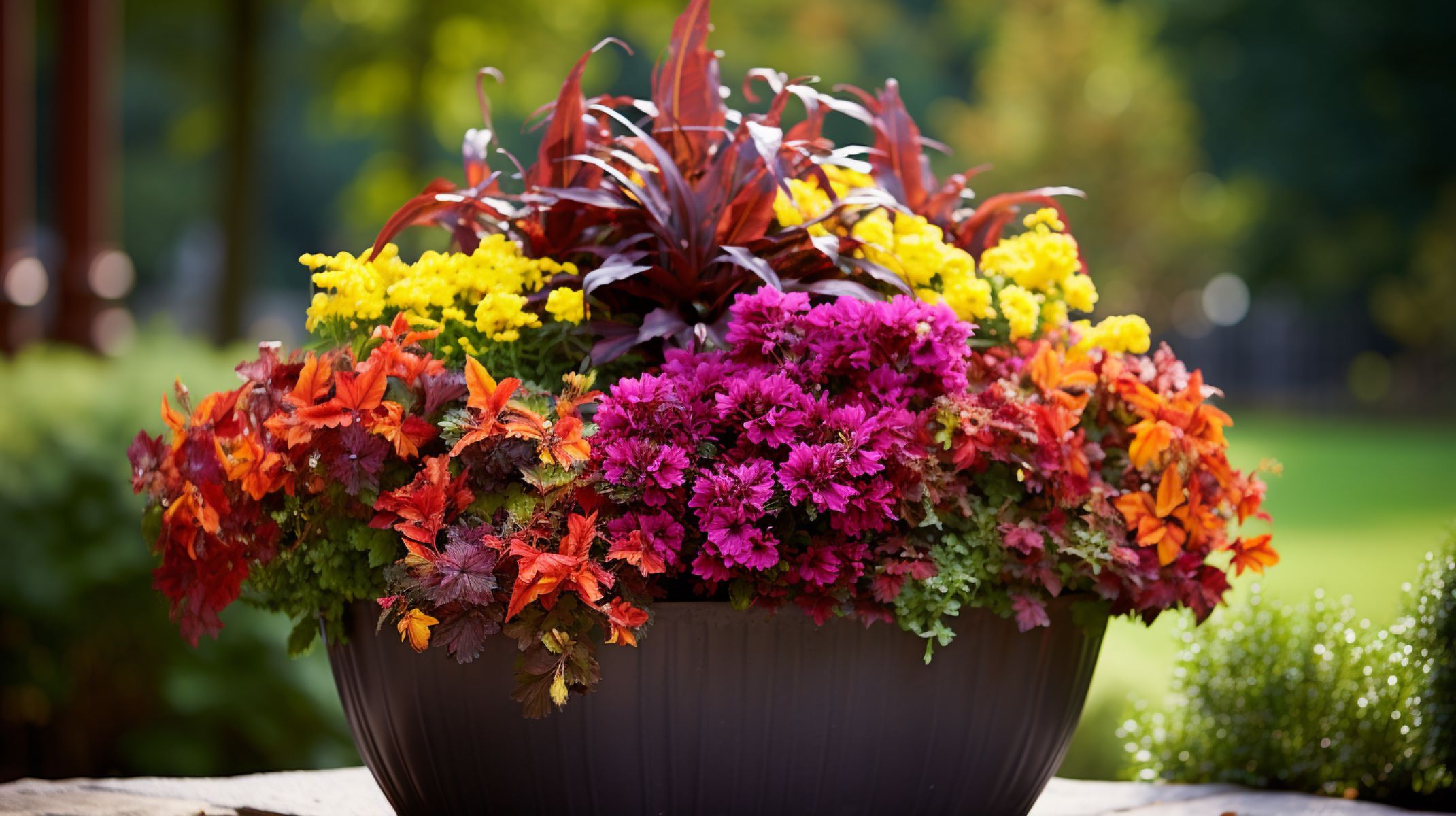
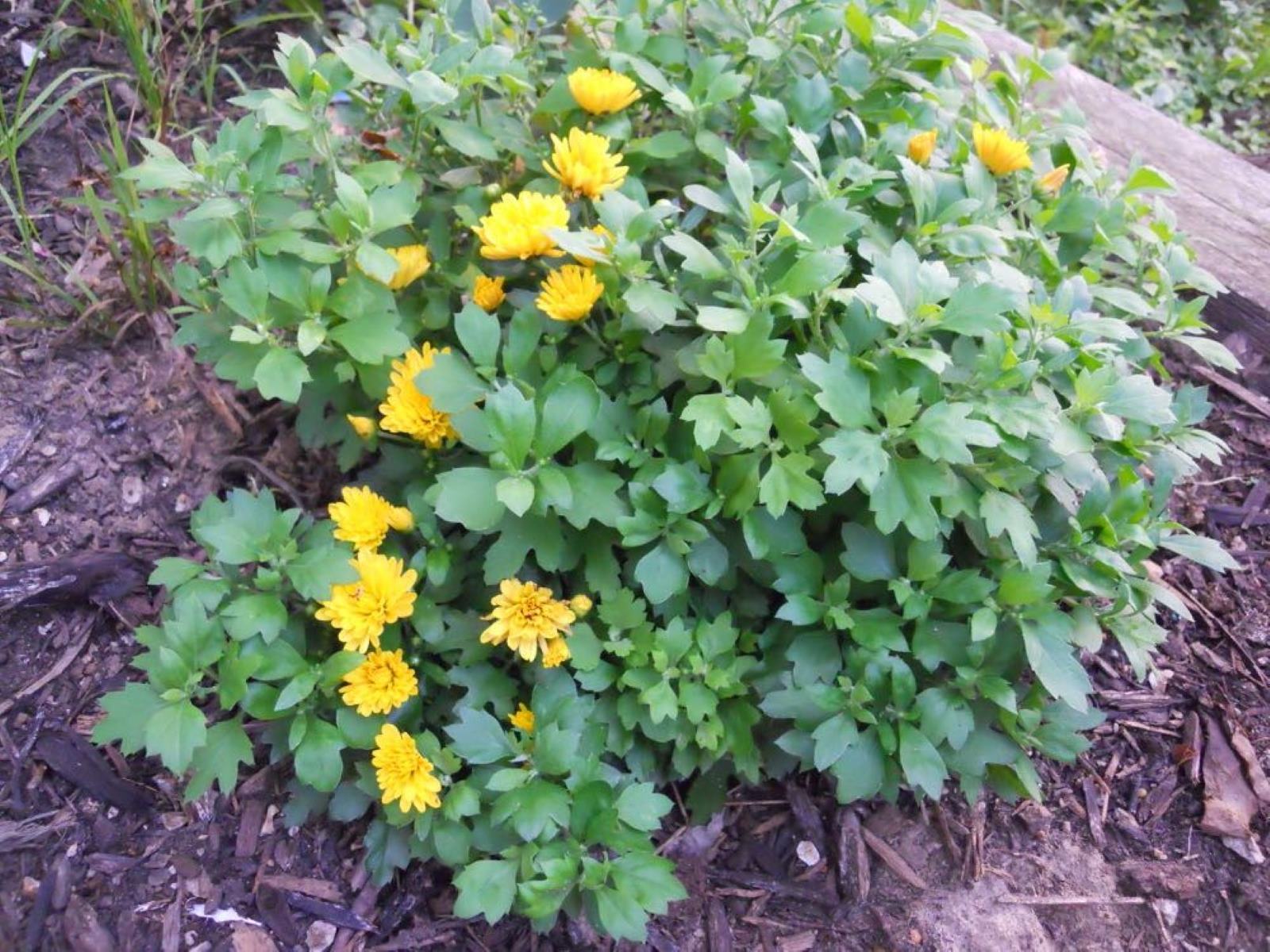
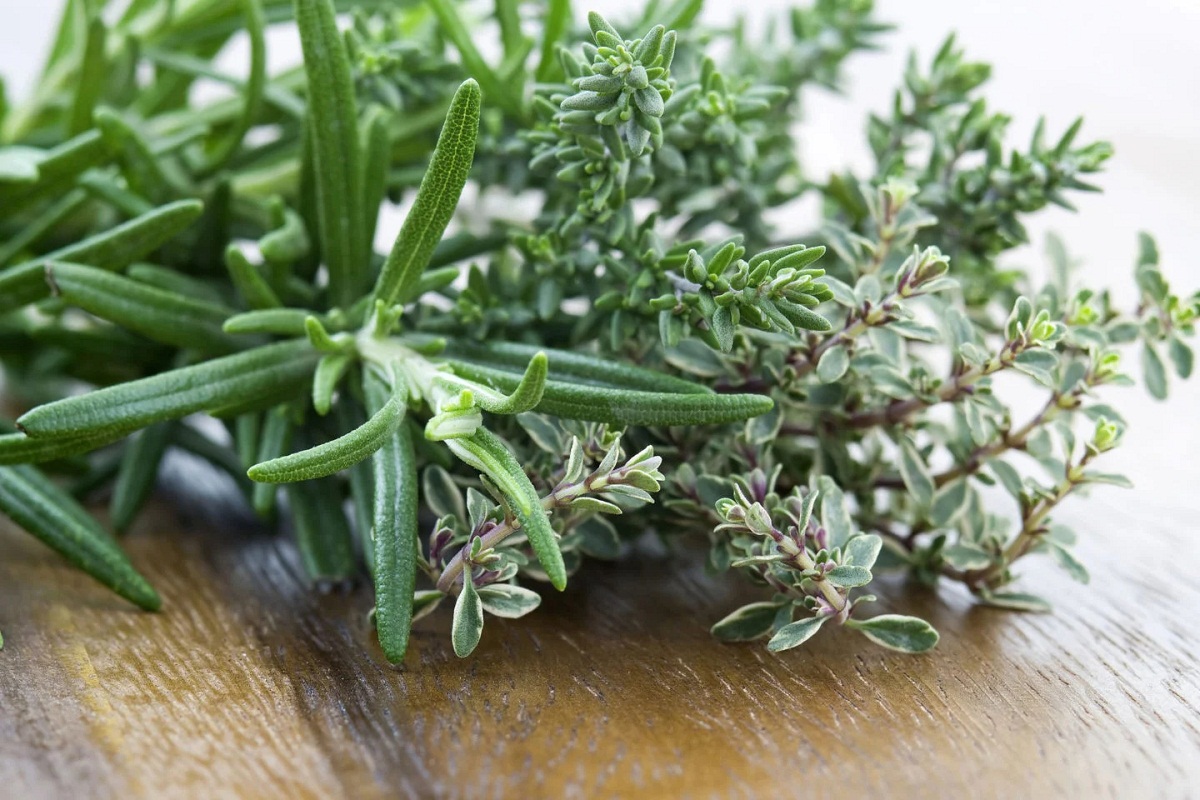
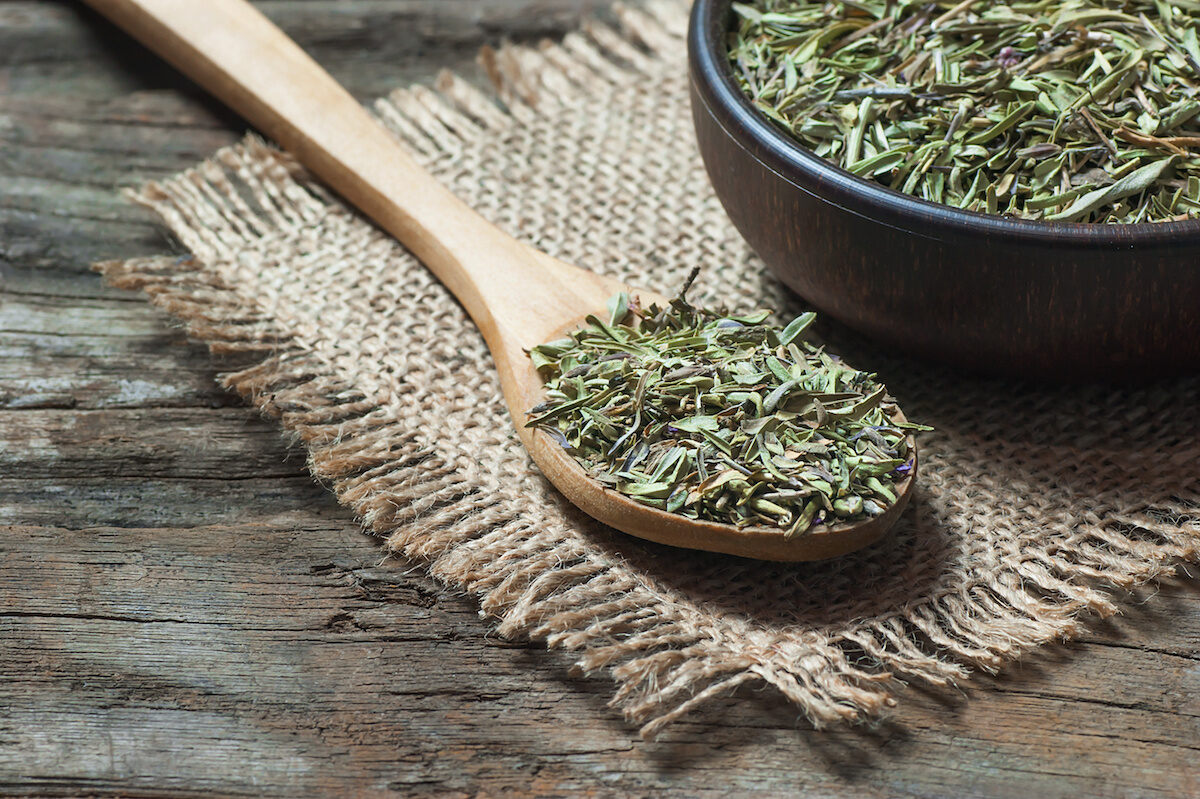
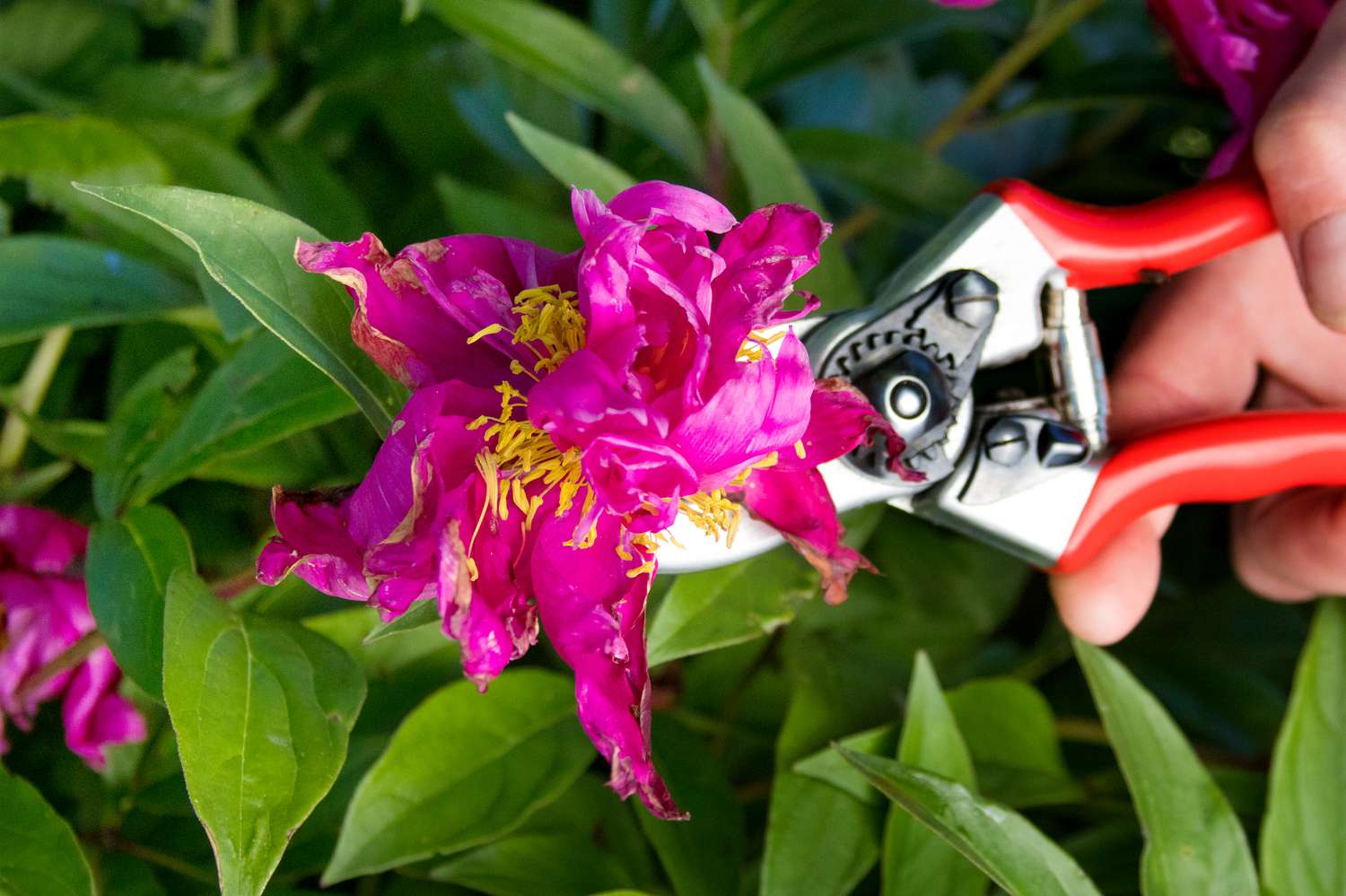

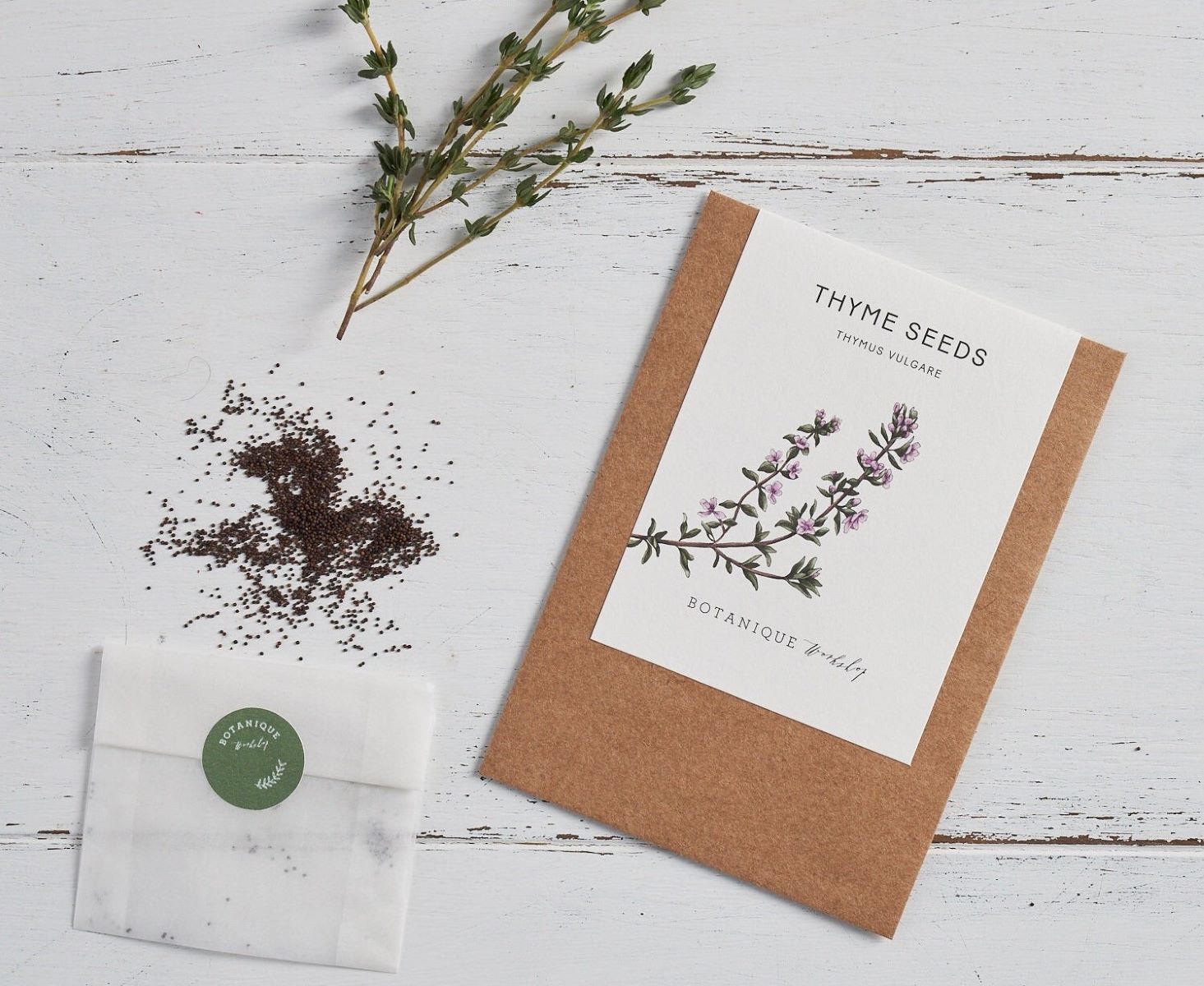
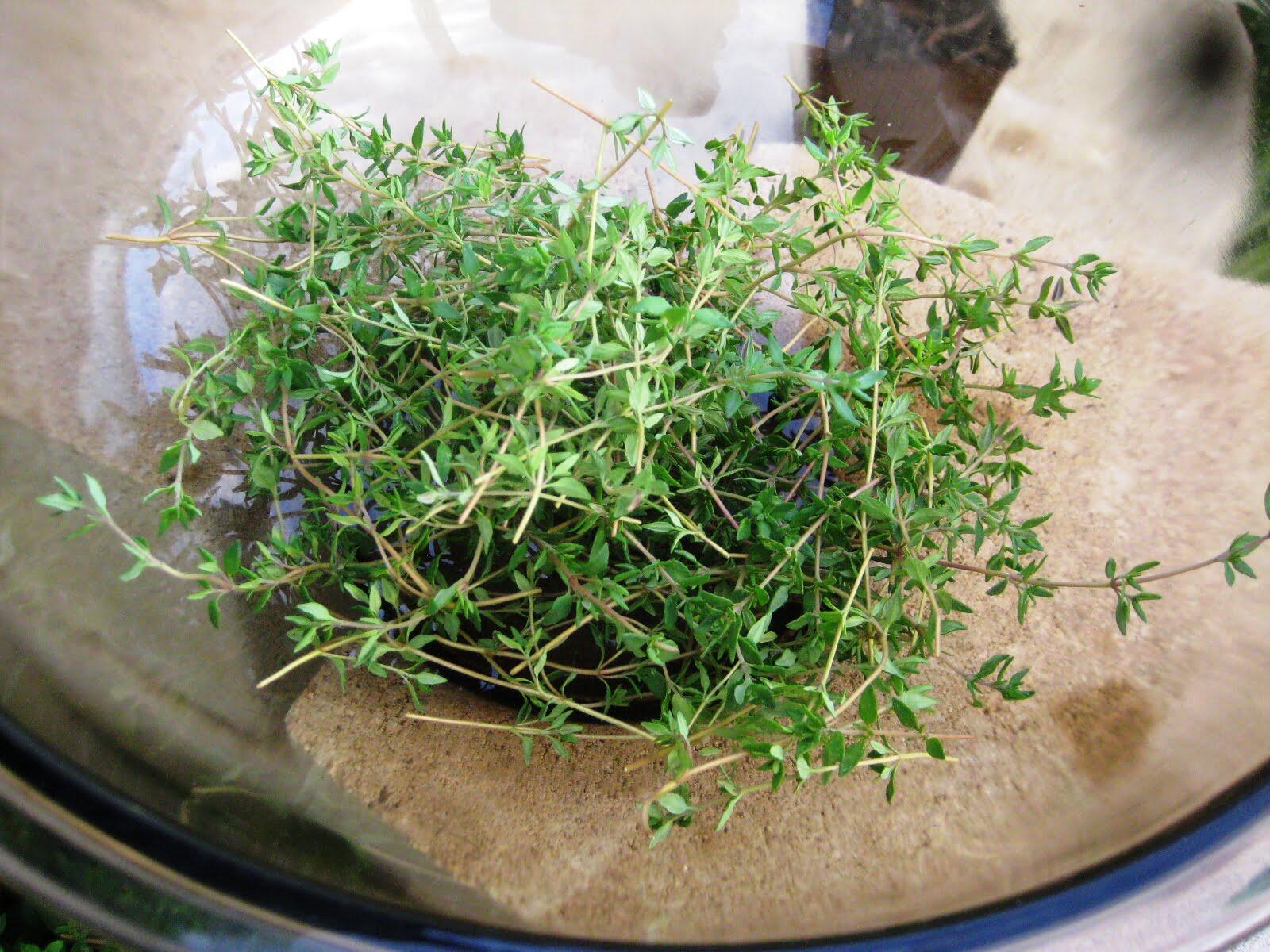
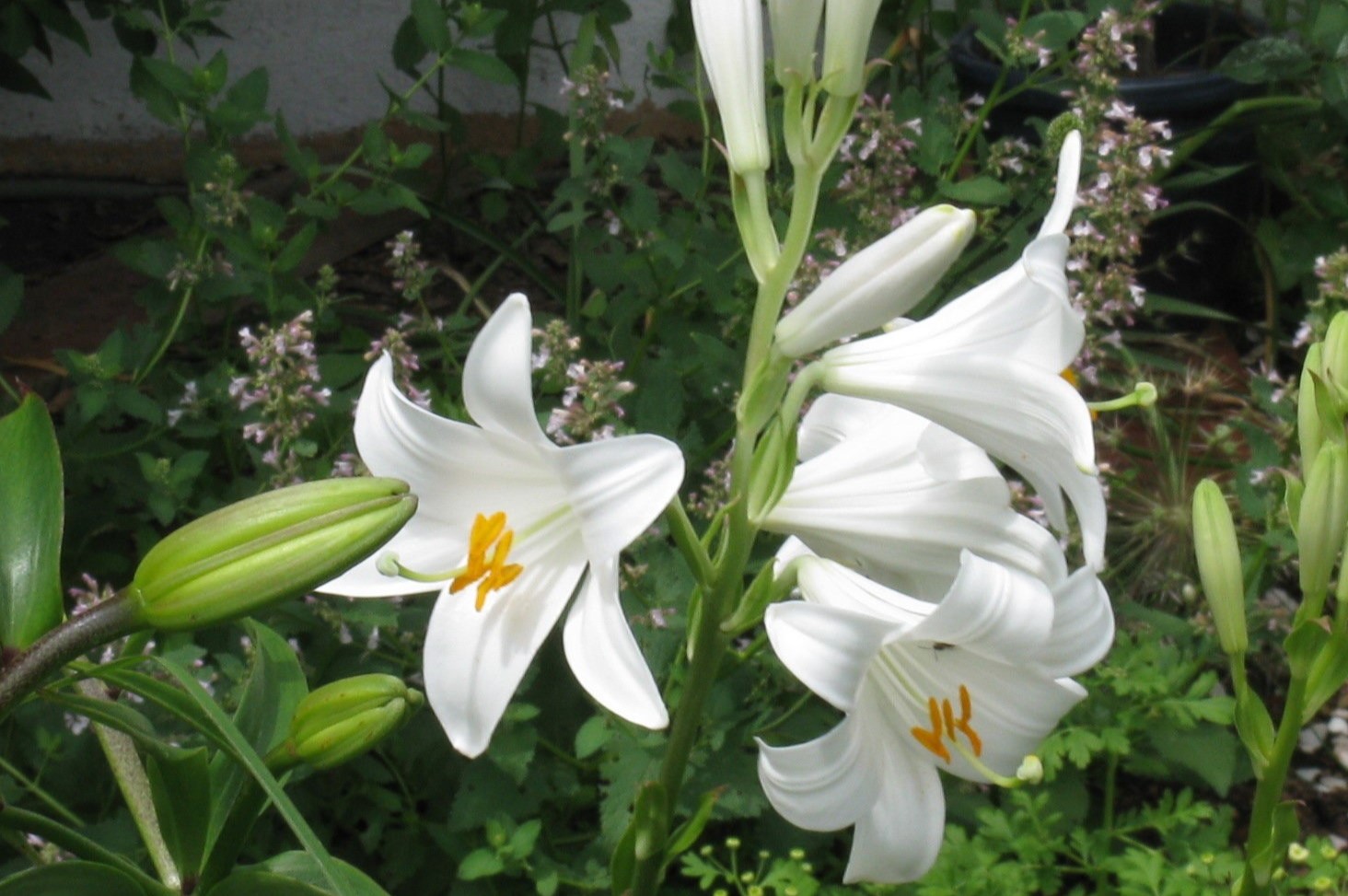
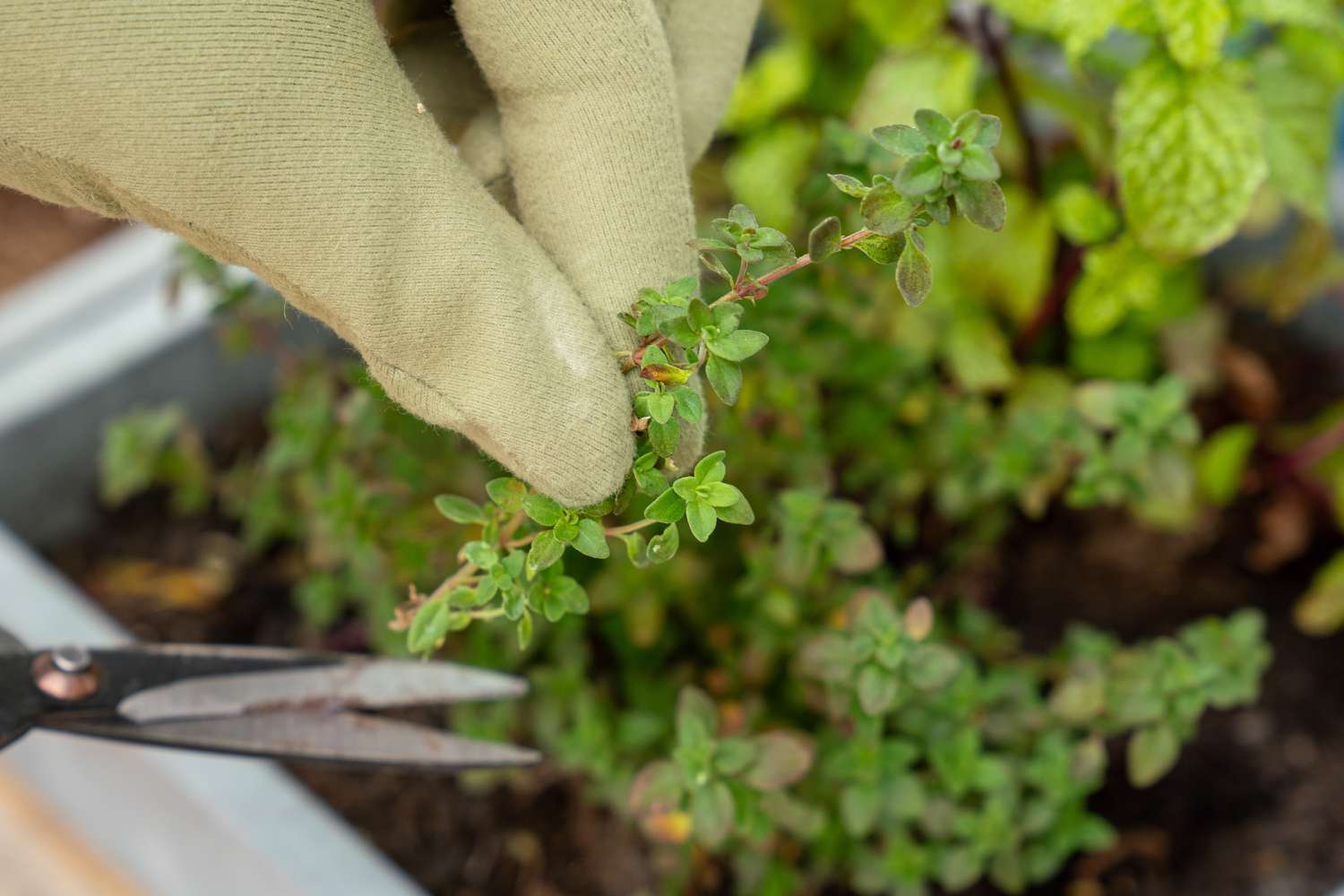
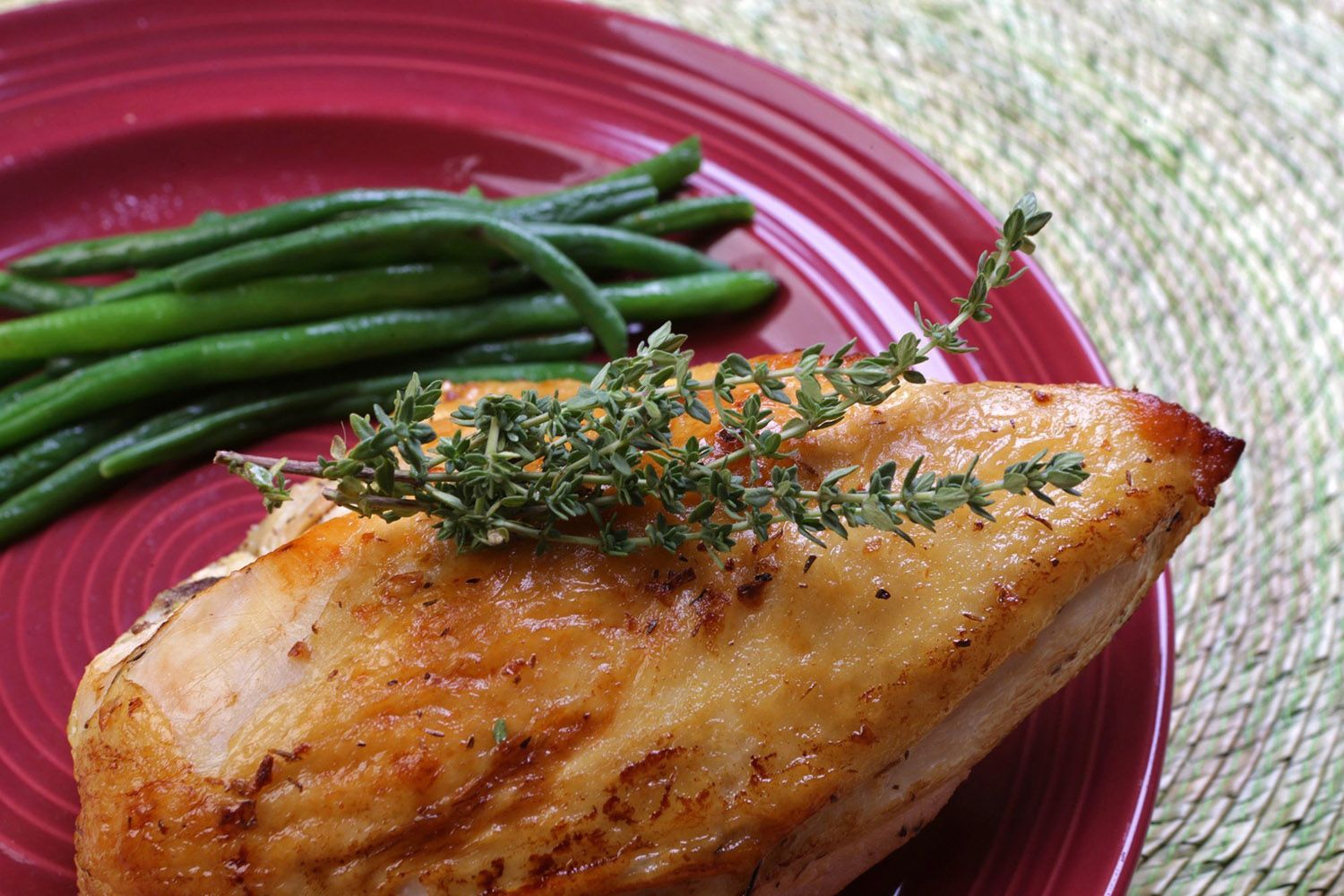
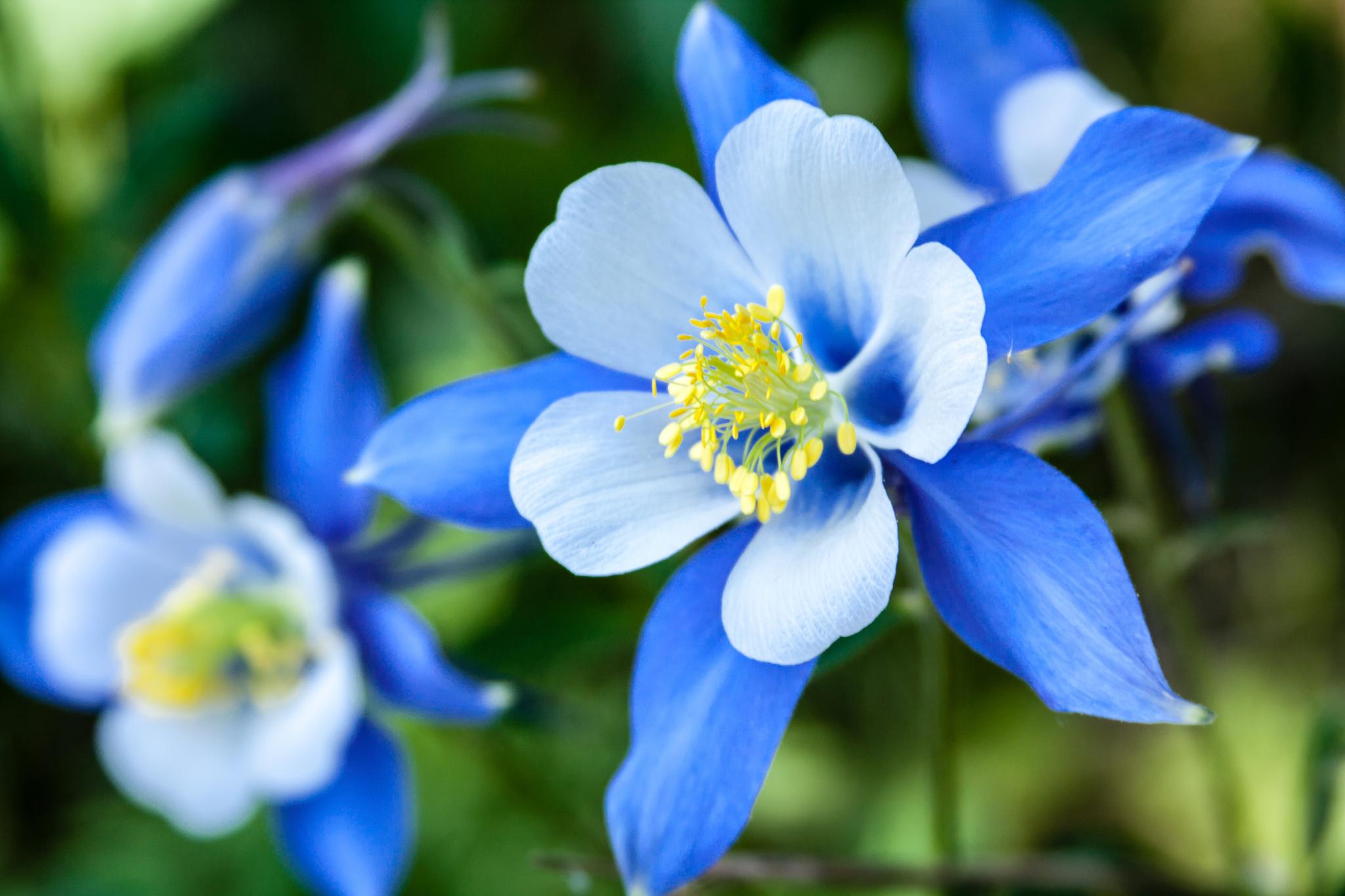
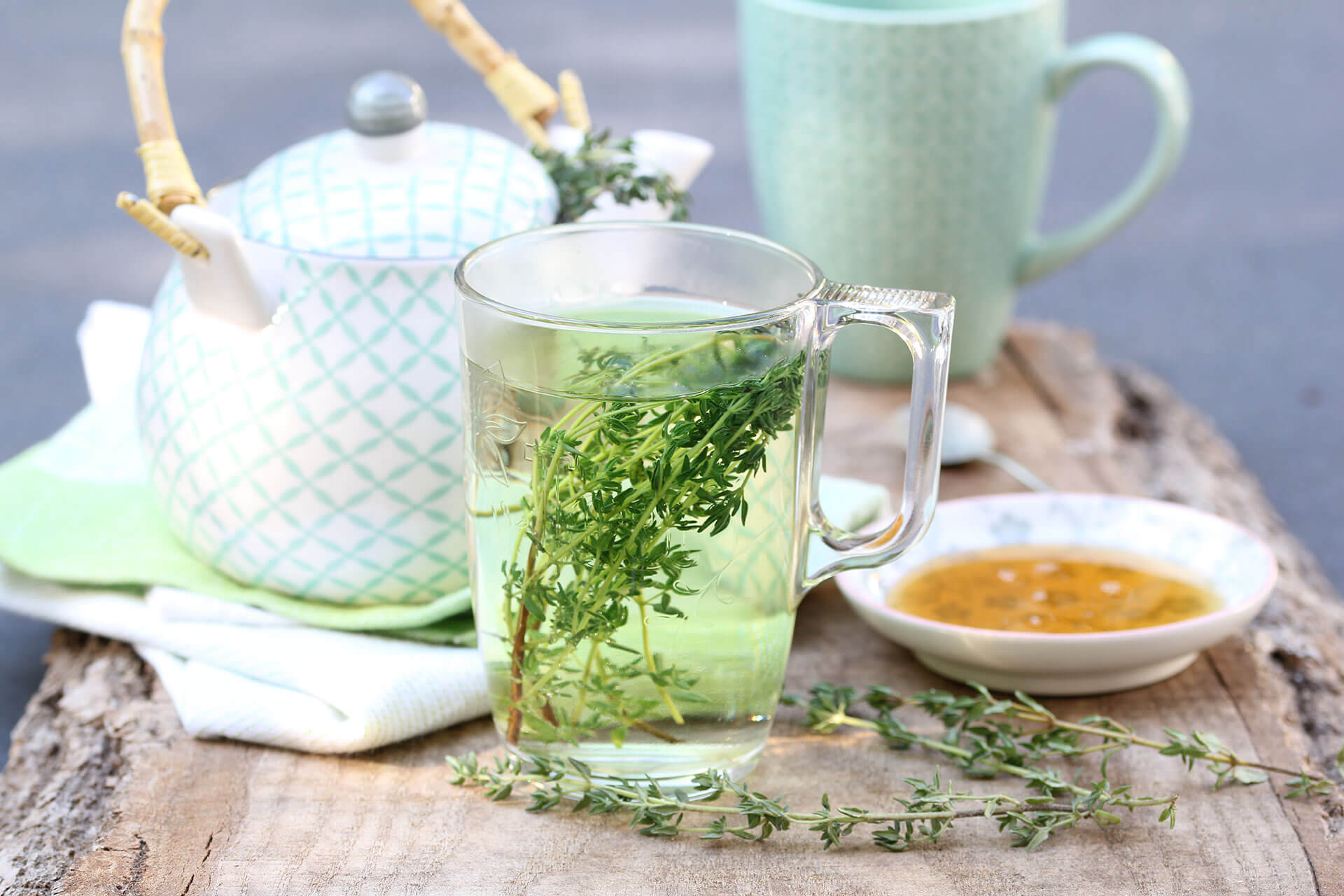
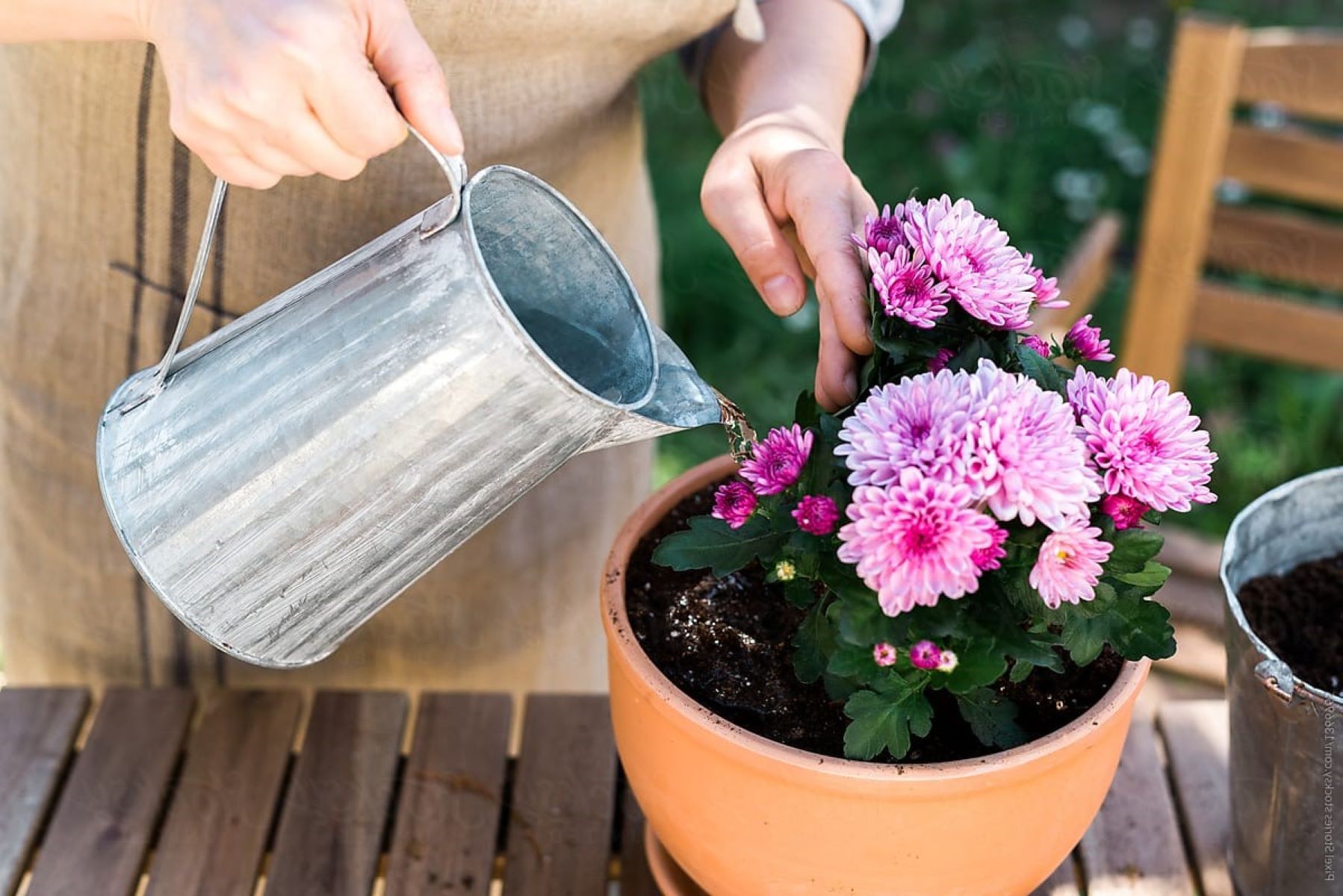

0 thoughts on “What To Do When Thyme Blooms”